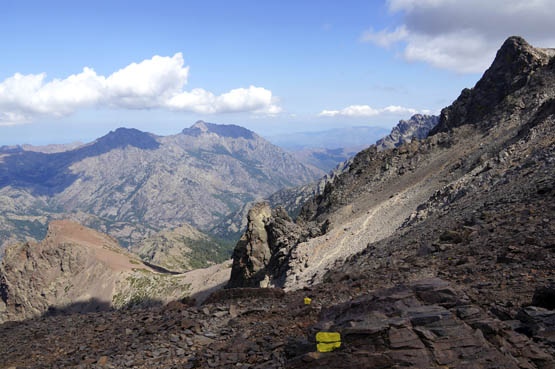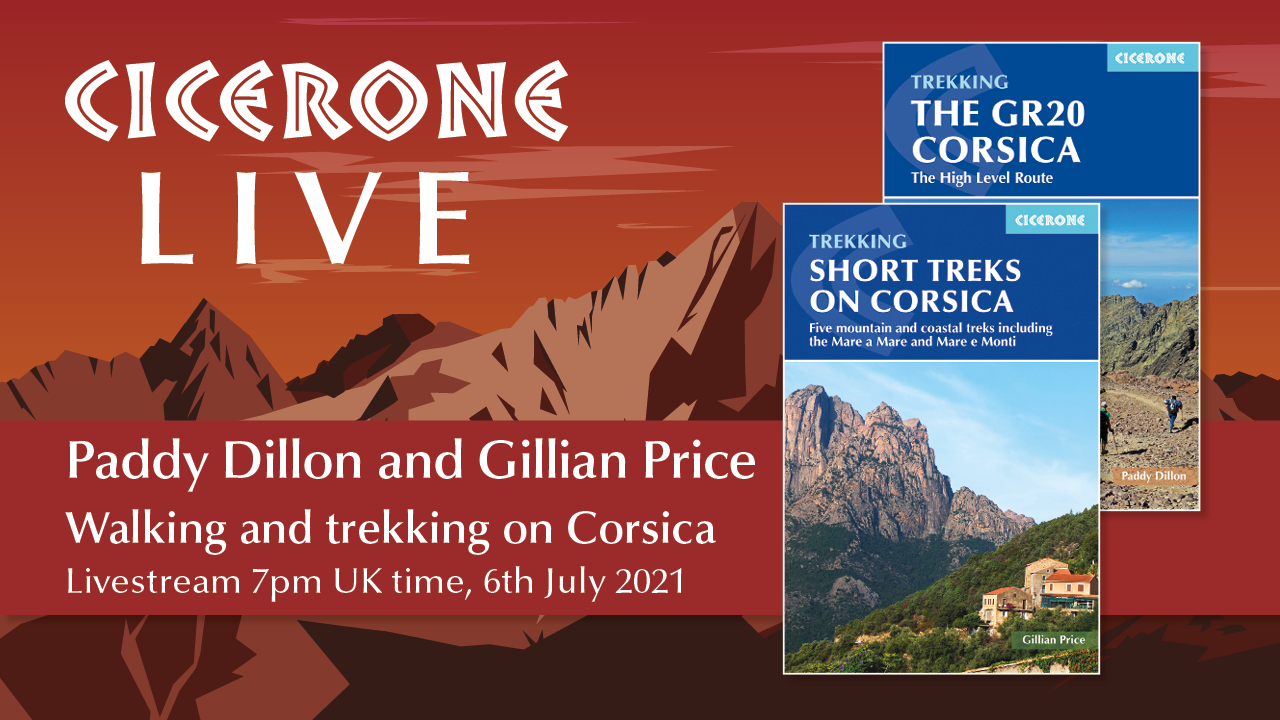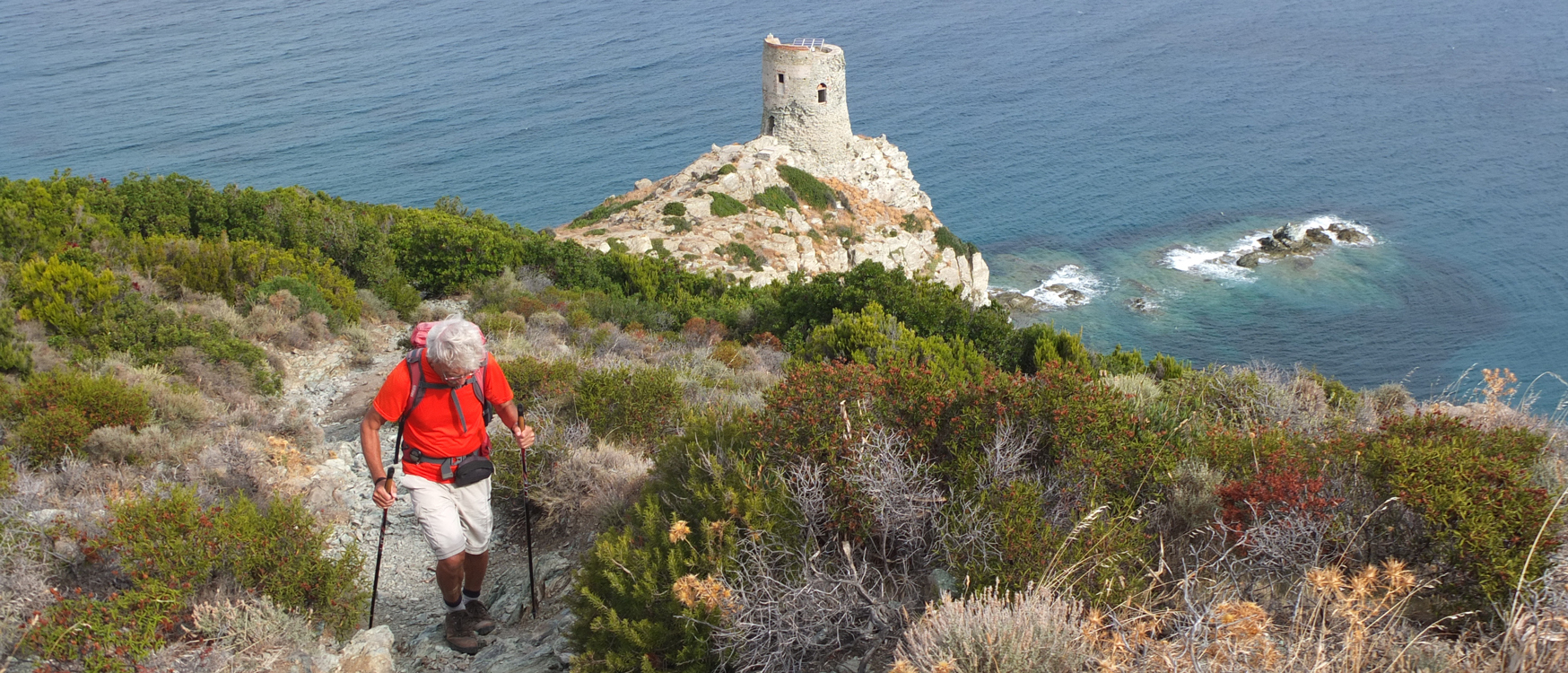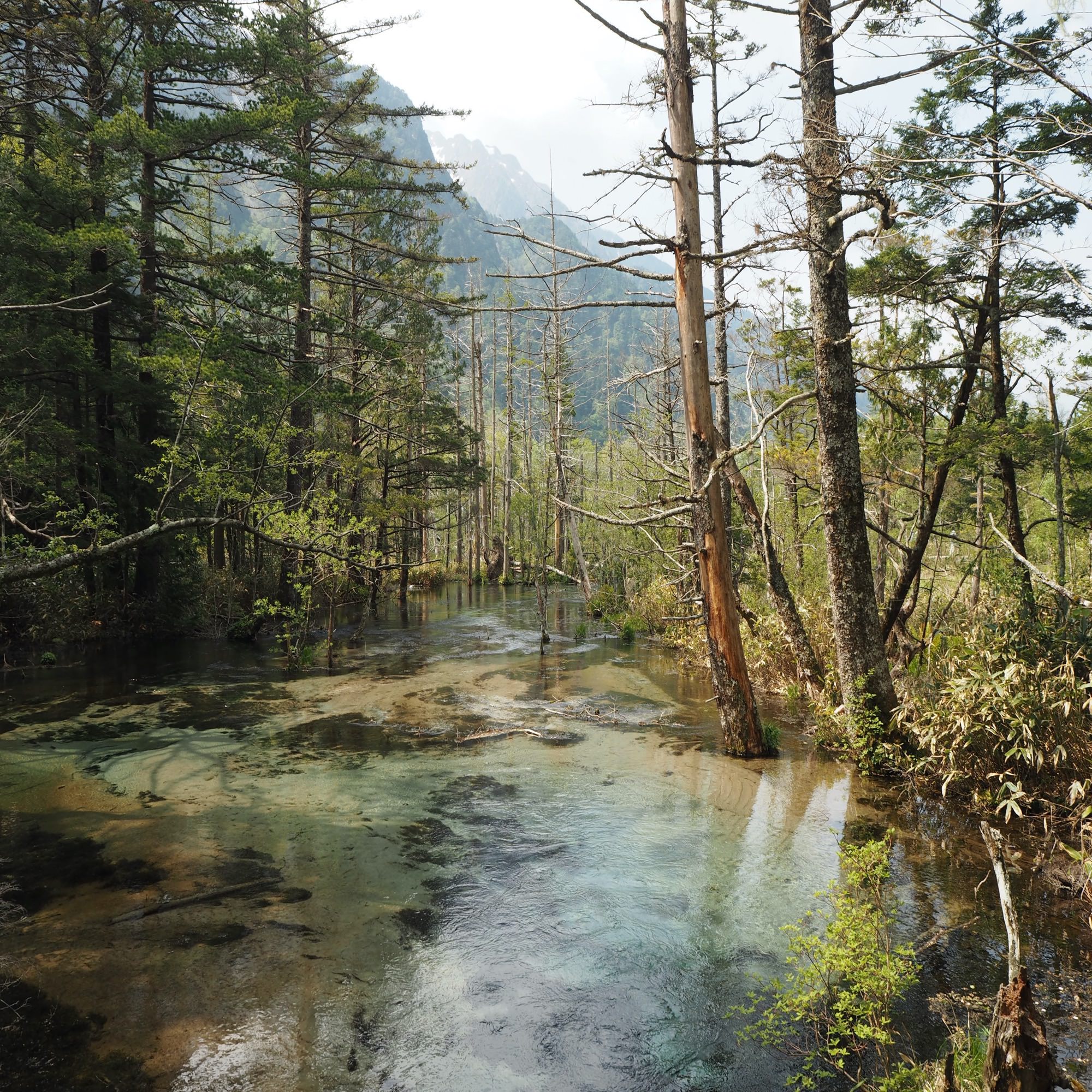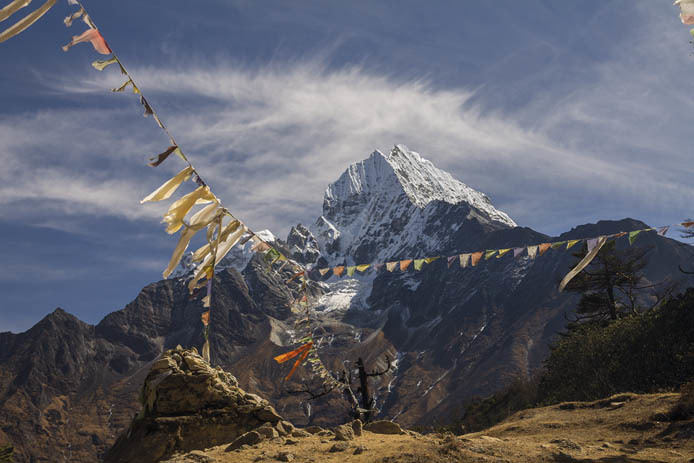An Intro to the GR20
There is no doubt that the GR20, traversing the rugged mountains of Corsica, is one of the top trails of the world. Its reputation precedes it, and most who trek the route describe it afterwards as one of the toughest they have ever completed. Others find they are unable to complete it, having seriously underestimated its nature.
The GR20 climbs high into the mountains and stays there for days on end, leading ordinary trekkers deep into the sort of terrain usually visited only by mountaineers. The scenery is awe-inspiring, with bare rock and sheer cliffs in some parts, contrasting with forests, lakes and alpine pastures in other places.
This epic trail starts in Calenzana and finishes in Conca, a total of 190km or 118 miles. The GR20 climbs high into the mountains and stays there for days on end, leading ordinary trekkers deep into the sort of terrain usually visited only by mountaineers.
How long does it take to walk the GR20
The complete walk takes around two weeks to complete. The GR20 is an experience, more than simply a trek, and those who try and rush the route may find they finish with certain regrets. While the ‘classic’ route can be covered in a fortnight, discerning hikers will be happy to include variations – maybe climbing some of the nearby mountains or visiting nearby villages.
The main route allows little opportunity to meet ordinary Corsicans, but a detour into a village, or better still, a night or two spent with a Corsican family, will enhance the quality of the trek. Take the time to sample local foodstuffs, including the meat and cheese produced in the mountains, maybe washed down with a homemade wine, but always be aware of where your next fill-up of water is available. Corsican food is generally simple and wholesome – ideal for a trek through the mountains, and all part of the joy of travel.
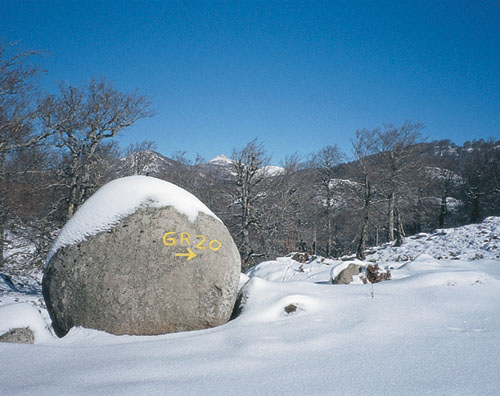
When to walk the GR20
June and July
Trekking the GR20 is not recommended until at least the beginning of June. However, some trekkers have been known to start late in May. Last-minute travel arrangements can be made if you hear that the route is clear of snow, but those who plan well in advance are taking a big chance, and deep snow could affect the higher parts of the route. The presence of snow and ice on particular parts of the route requires ice axe and crampons to be carried, as well as possessing the skills to use them properly.
Trekking at this time means that the PNRC refuges, although open, will not be staffed and therefore will have no food supplies. The water supply may be disconnected and there may be no fuel on the premises. Bus services to and from the route will be fairly limited.
From June the PNRC refuges and private bergeries will all be fully staffed and in full operation. This used to be a quiet time to trek, but in recent years it has become very busy. The refuges will often be fully booked, and any hire tents pitched nearby might also be fully booked. Food supplies and cooked meals will be available at almost every overnight stop.
Bear in mind that some snow and ice will still be lurking in some of the more sunless gullies, and could pose problems early in the month. Some bus services to and from the route might not be fully operational.
July and August
These are the peak summer months on the GR20. Expect large numbers of trekkers and expect the refuges and hire tents to be fully booked. All services are in full swing and it is easy to obtain food and drink along the way. Bear in mind that a few seasonal water sources dry up. Should it be necessary to leave or join the route at any point, the full range of summer bus services will be available.
This is also the hottest time of the year, with an increasing risk of afternoon thunderstorms. There have been devastating forest fires in the past around this time, closing parts of the route to trekkers.
September and October
September used to be a quiet time of year, when the numbers of trekkers decreased, but in recent years it has remained quite busy. The refuges will probably be fully booked, as may the hire tents, but as the month progresses it might be possible to stay indoors without an advance booking. Some of the bergeries offering food and drink may close, and some of the bus services to and from the route will be withdrawn. It is usual for the PNRC refuges to remain fully staffed and supplied with food to the end of the month.
In October the PNRC refuges remain open, but at some point they will be unstaffed, with no food supplies. While fuel might be available, it is best not to rely on it, and the water supply might be disconnected to avoid frost damage. Private bergeries will be locked and bolted, and any small food stores along the route will probably be closed, so it will be necessary to carry food, or leave the route at intervals to obtain supplies. Very few bus services will be available, although the train through Vizzavona continues running.
Those who start the GR20 at the beginning of the month and aim to complete it by the middle of the month will experience cold nights and possibly frosts. After mid October, snow could fall at any time. Snow obscures paths and waymarks, and when it accumulates on steep slopes, there is immediately a risk of avalanche. For ordinary trekkers, the route is closed throughout the winter, although ski-traverses are sometimes achieved.
Where should you stay?
For trekkers staying strictly on the classic GR20, most services revolve around mountain refuges situated at intervals along the way. These are provided by the Parc Naturel Régional de Corse (PNRC), and are open throughout the year, but are only staffed by a gardien and stocked with food from June until early October. Basic mixed-sex bunk accommodation and foam mattresses are provided, but you must bring your own sleeping bag as no covers of any sort are supplied. Electric lights and charging points are usually operated by solar-charged batteries. There is a kitchen/dining room with tables, pots and pans, knives and forks, crockery and gas cookers. Take slippers or flip-flops for use inside the refuges as boots cannot be worn.
There is always a water supply, either inside or outside the building. Toilets and showers are occasionally primitive, but have been improved over recent years. Toilets might be squat-type but more recent installations include splendid ‘dry’ toilets. It is a good idea to take your own toilet paper. Showers that are solar-heated often run cold, while more recent gas-heated showers are operated with coins.
All the refuges provide at least a basic hot meal and stock basic supplies of food and drinks, but the choice varies from place to place.

Trekking the GR20 Corsica
The High Level Route: Guidebook and map booklet
£17.95
Guidebook to Corsica's GR20, one of Europe's classic treks. The most challenging of the GR long-distance routes, the trail crosses remote mountain terrain and involves plenty of hands-on scrambling. Includes information about accommodation, refreshments and facilities and a separate booklet showing the entire route on IGN 1:25,000 maps.
More information